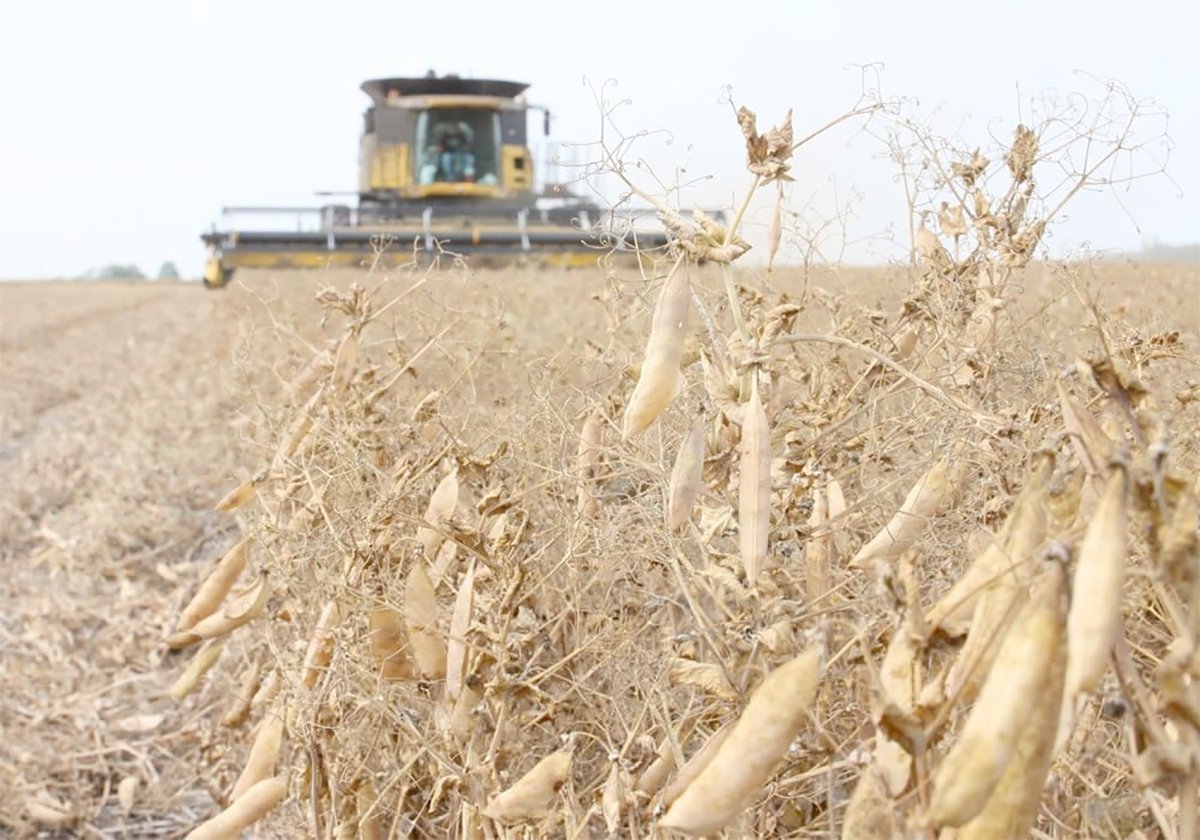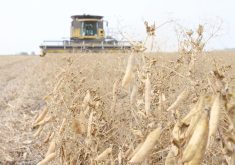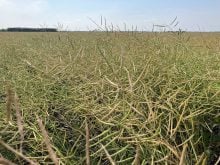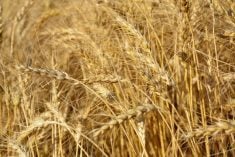SASKATOON – How do you make good urine?
Farmers who sell Pregnant Mare’s Urine for use in hormone replacement therapy in menopausal women have no way of knowing, since they can’t measure success in bushels per acre.
Pharmaceutical companies grade the urine after it’s delivered to the plant based on amount of production, but the number is a general average and does not determine estrogen content from each mare, so it is not useful for herd management.
Production variables can depend on diet, sex of the fetus, stage of fetal development, sire of the fetus and age and genetics of the mare. Since farmers have been unable to find a way to measure these factors, they have been unable to maximize estrogen production.
Read Also

Chinese, Indian tariffs take toll on pea prices
The disruption of pea exports from Canada’s largest customers will likely result in slow pea exports for the remainder of the crop year.
Now, two researchers at the Western College of Veterinary Medicine at the University of Saskatchewan in Saskatoon have solved the problem. They’ve developed an estrogen test that requires only small samples and can be done in two days.
Deborah Haines and Frank Bristol initially hoped to design a test a farmer could do on the farm. While that is still possible, such a test is not viable in the near future, said Haines.
The college has established several projects to study the effects of varying management techniques based on the new test procedure.
“Meanwhile, producers benefit from the new test through researchers, who are working towards a better understanding of the factors that impact on estrogen production in pregnant mares,” said Haines.














